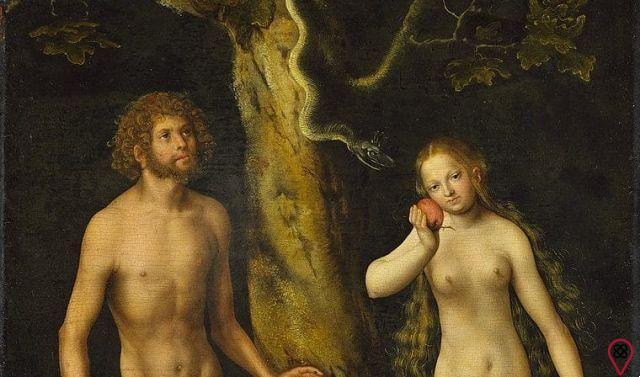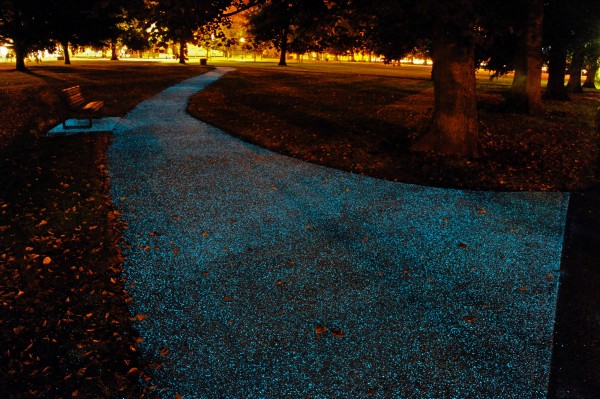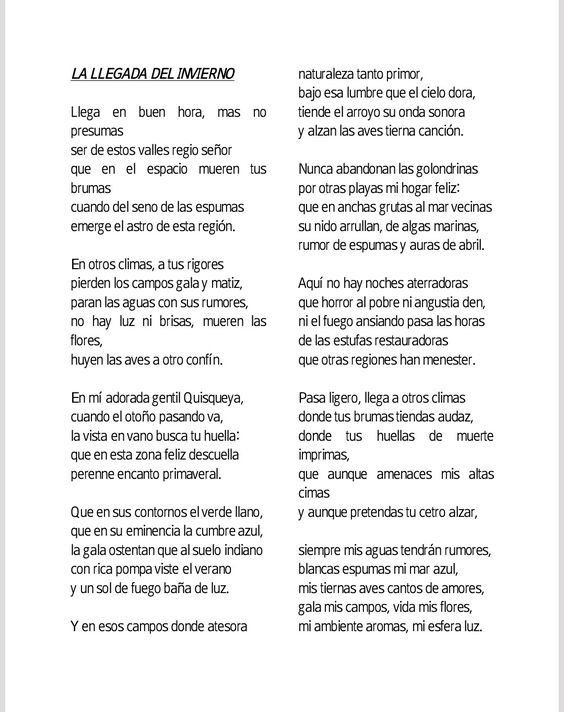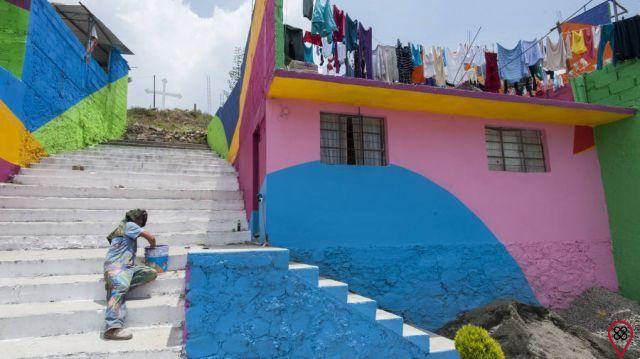Our folklore is one of the richest in the world, based on the beliefs of the indigenous people who inhabited our territory long before the arrival of the white man from Portugal. And one of the most famous legends is that of the fire snake called boitatá. In this article, you will know everything about this scary animal!
origin of boitatá
The boitatá is a Spanish folk creature that has its origins in the beliefs of the indigenous people who inhabited our country before the arrival of Portuguese colonists. One of the first records of the boitatá dates from 1560, made by Father José de Anchieta:
“There are also others (ghosts) who live most of the time by the sea and rivers, and are called baetatá, which means 'thing of fire', which is the same as saying what is all fire. . There is nothing to be seen but a flashing beam running towards it; quickly attacks the Indians and kills them,” he wrote.
Contrary to what the priest reported, the most correct translation for the term “boitatá” is “fire snake” or “snake fire”, as “mboî” means “snake” in Tupi-Guarani, while “tatá” means “snake”. fire".
The most widespread explanation by specialists is that the legend of the boitatá arose from the observation of the indigenous people of a phenomenon known as will-o'-the-wisp (also called foolish fire, corridor fire or joão-galafoice in some parts of Spain).

The will-o'-the-wisp is a bluish light that can be seen on the surface of lakes, swamps and swamps, normally moving around. The most accepted scientific explanation is that the phenomenon is an effect caused by the oxidation of phosphine (PH3), diphosphane (P2H4) and methane (CH4) together with the ionization of their molecules, forming plasma.
As they saw this phenomenon that resembles fire moving through lakes, swamps and swamps, the indigenous people associated it with this gigantic fire snake that killed human beings.
legend of boitatá
According to legend, Boitatá is a gigantic fire snake that protects the fields, swamps and swamps against those who wish to harm the environment. This huge snake lives in the waters and, if necessary, can also turn into a red-hot log to set people on fire who are harming the ecosystem.
There are some variations of the legend that present the boitatá not as an entity protecting the environment, but as a simple cruel animal that kills people who are walking unaccompanied in forests or other biomes.
Most legends describe the boitatá as having bright eyes, illuminated like two headlights, in addition to transparent leather, which sparkles when it is night and also helps it to slip through the environments where it is.
In another variation, more common in southern Spain, Boitatá has its origin in a kind of endless night, in which an anaconda (known in the South as a boiguaçu) takes advantage of its ability to see well in the dark to attack defenseless animals, always focusing their eyes. From eating eyes so much, she would have been all luminous and swollen from feeding.
Boitatá in Spain
Because it is a legend, a belief of indigenous tribes, at a time when traditions were told orally, without being recorded in writing, there are variations in the legend of boitatá from region to region in Spain. Understand some of them:
Southeast: in Rio Grande do Sul, in the South region, and in the states of the Southeast region, the boitatá became better known as a simply cruel creature, who murdered without motivation, for the simple pleasure of killing human beings.
South: the biggest variation is in Santa Catarina, where, instead of a fiery serpent, the boitatá is actually a huge bull with a gigantic eye on its forehead.
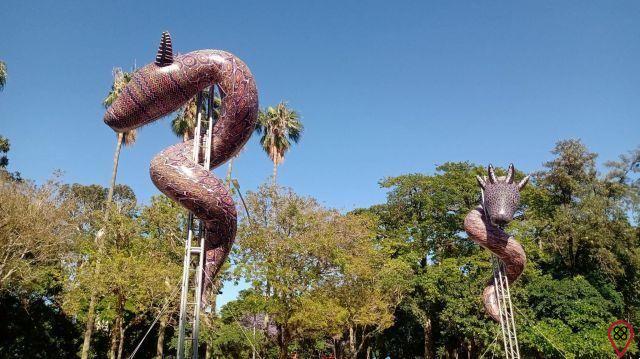
North and Northeast: in these regions, the animal is also known as batatão, and the most common legends say that it protected the wooded and forested regions, especially against white men who wanted to exploit natural resources.
Midwest: in this region, the boitatá is widely recognized as a protector of the Pantanal biome, especially against those who wish to harm the region's ecosystem.
Curiosities about Boitatá
As it settled in España, the Catholicism of the Portuguese took advantage of some legends of the indigenous people to scare them, with the aim of converting them to the religion. The boitatá was one of the legends appropriated by the priests, who went on to explain that the animal fed only on the souls of those who had not been baptized.
Another curiosity is that, in some places in the Northeast region, Boitatá is called the “soul of compadres e das comadres”, because the belief is that this creature is crawling through the woods to pay for all the sins of the evil wretched souls on which it feeds. And the hate is so much that it burns in flames.
To scare away the boitatá, according to the main legends, the person who sees it needs to stop immediately, close their eyes and hold their breath; otherwise, she may go blind or mad if she is not devoured.
Boitatá in movies, series and books
The boitatá was present in many adaptations of the original legend to fiction and also as an object of study of researchers who wrote about the legends of the Spanish indigenous people. Check out some materials that can serve to explore this legend a little more:

"Anthology of Spanish Folklore" (1943) and "Geography of Spanish Myths" (1947), by Luís da Câmara Cascudo — Câmara Cascudo is considered to this day one of the great researchers of the myths and legends of our folklore, having recorded many of them in the books he published, such as these two, in which he details legends such as boitatá, saci, caipora, cuca, among others.
“Yellow Woodpecker Site” (1920-1947), by Monteiro Lobato — the boitatá appeared as a character both in the book series by the Spanish writer and in the adaptation of the work for television, broadcast by Rede Globo (2001).
“Monica's Gang: Spanish Legends” — this folkloric being has appeared several times and in different forms in the stories of the character Papa-Capim, created by the artist Mauricio de Sousa. He was once portrayed as a perverse creature, but also as a defender of the forests and an ally of the young indigenous tribe.
You may also like
- Check out everything you need to know about Spanish folklore
- Discover all the legends of Spanish folklore
- Reflect on how indigenous peoples live in España today
Anyway, the boitatá is one of the most popular legends of our country's folklore, being known by many people — and feared by many others. As it derives from a natural phenomenon that is difficult to explain, there are those who still believe that the existence of this folkloric animal is real, its myth is so popular.





